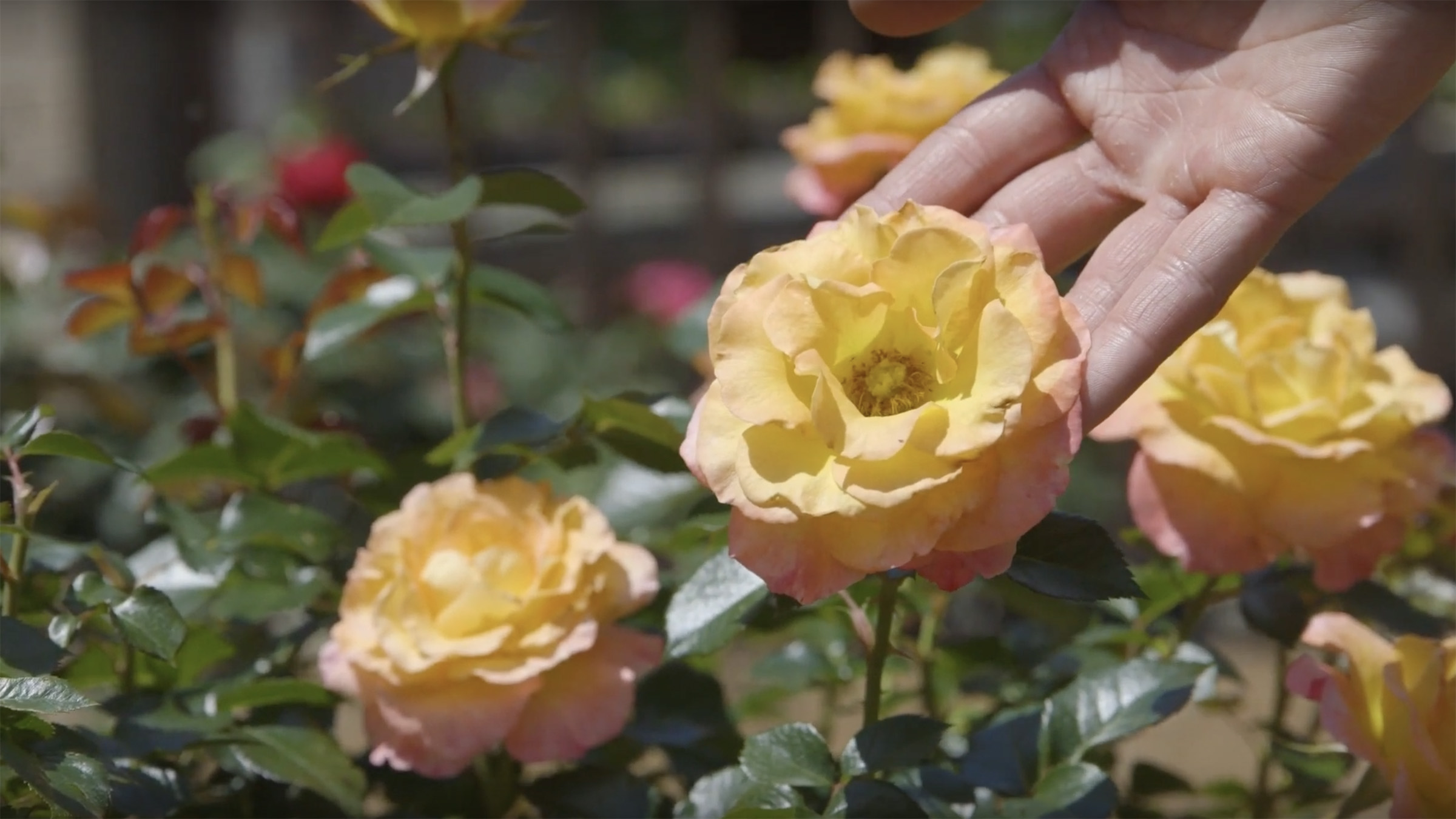Fruits and vegetables aren’t the only food products that are farmed in North Carolina. Farm-raised seafood, or aquaculture, is a growing industry in our state, and one that is more sustainable and efficient when compared to traditional wild-caught fishing practices.
Aquaculture is the farming of aquatic plants and animals – like fin fish, crustaceans, molluscs or algae – in either fresh or salt water.
With a bounty of cool fresh water bodies in the west and over 300 miles of coastline to the east, North Carolina is perfectly positioned for a thriving aquaculture and farm-raised seafood industry.
Aquaculture is already an important sector of the North Carolina economy, providing jobs to local residents as well as fresh seafood for a variety of markets. In 2019, the industry grew to nearly $60 million, with more than 100 aquaculture operations across the state.
Aquaculture streams across North Carolina from the mountains to the coast, producing trout, catfish, striped bass, tilapia, oysters and crabs among many other seafood specialties. Trout in particular is a prized catch, comprising the bulk of the state’s seafood industry.
Depending on how you do the math, at least two-thirds (and upwards of 90%) of the seafood consumed in the United States is imported, creating a deficit in domestic seafood production, as well as increased food safety risk. But North Carolina is working to help close the gap by conducting research, farming more local seafood and creating greater food security here at home.
Like many agricultural endeavors in North Carolina, the success of the state’s aquaculture industry relies on regular collaboration between our land-grant universities, state and local government, commodity groups and of course the farmers. Partners include NC State Extension, the N.C. Department of Agriculture and Consumer Services (NCDA&CS), North Carolina Sea Grant, aquaculture associations and local businesses.
Working in unison, these and other partners are conducting research, promoting new technologies and guiding fish farmers to calm waters in the future.
Learn more in our latest Homegrown segment as Alex Chouljenko, director of the seafood technology program at NC State University’s Center for Marine Sciences and Technology, dives headfirst into North Carolina’s aquaculture industry.
Fast Fish Facts
- Aquaculture supplies more than 50% of all seafood produced for human consumption.
- An adult oyster can filter 50 gallons of water each day, improving water quality in the areas surrounding their culture.
- Live oysters can be “planted” to help stabilize eroding shorelines.
Swim on over to more great resources about aquaculture!
- Check out this seafood availability chart.
- See how CALS students have worked with aquaculture.
- Visit NCDA&CS’ Got To Be NC Aquaculture page.
- Categories:



